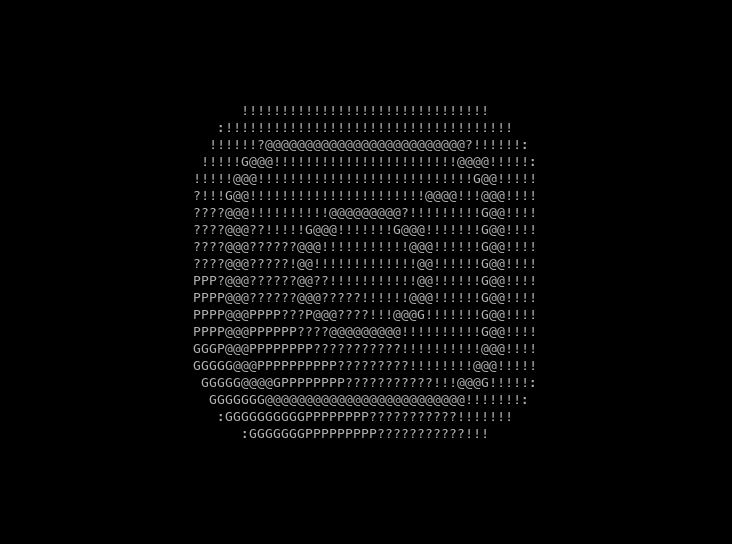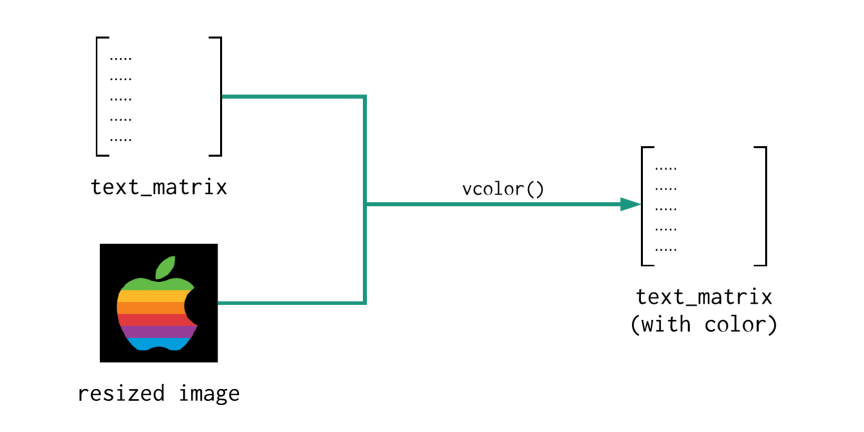Formats#
After an image is coverted to a text_matrix, it must be formatted before it can be output.
Procedure#
There are steps involved in this process that are common to all formatters. Picharsso defines a BaseFormatter that abstracts this general procedure.
Initialization#
This step assigns values to the parameters for the algorithms.
Color#
The colorize parameter controls whether the output text must include the colors from the image.
Consider the following image:

Here's what it should look like:


Vectorization#
The vcolor attribute is a vectorized version of the color method.
Translation#
The elements of the text_matrix are encoded in the Unicode standard.
Depending on the output format, these characters must be translated accordingly.
Source
Refer to the translate function for more information.
Colorization#
Colors are pooled from the original image by resizing it to the dimensions of the output text. This ensures that each character has a unique pixel, and thus, a unique color.
With the vectorized color method, vcolor, the elements of the text_matrix are transformed into strings of text that represent the original character as well as its color.

Source
Refer to the color function for more information.
Unification#
Finally, the text_matrix is unified into a single string of text. This text, when viewed through a means supporting the particular format, should look like the original image.
Source
Refer to the unify function for more information.
Varities#
All the following formats are implemented by a formatter which inherits from the BaseFormatter.
ANSI#
- The ANSI format is implemented by the
AnsiFormater.
HTML#
- The HTML format is implemented by the
HtmlFormater.